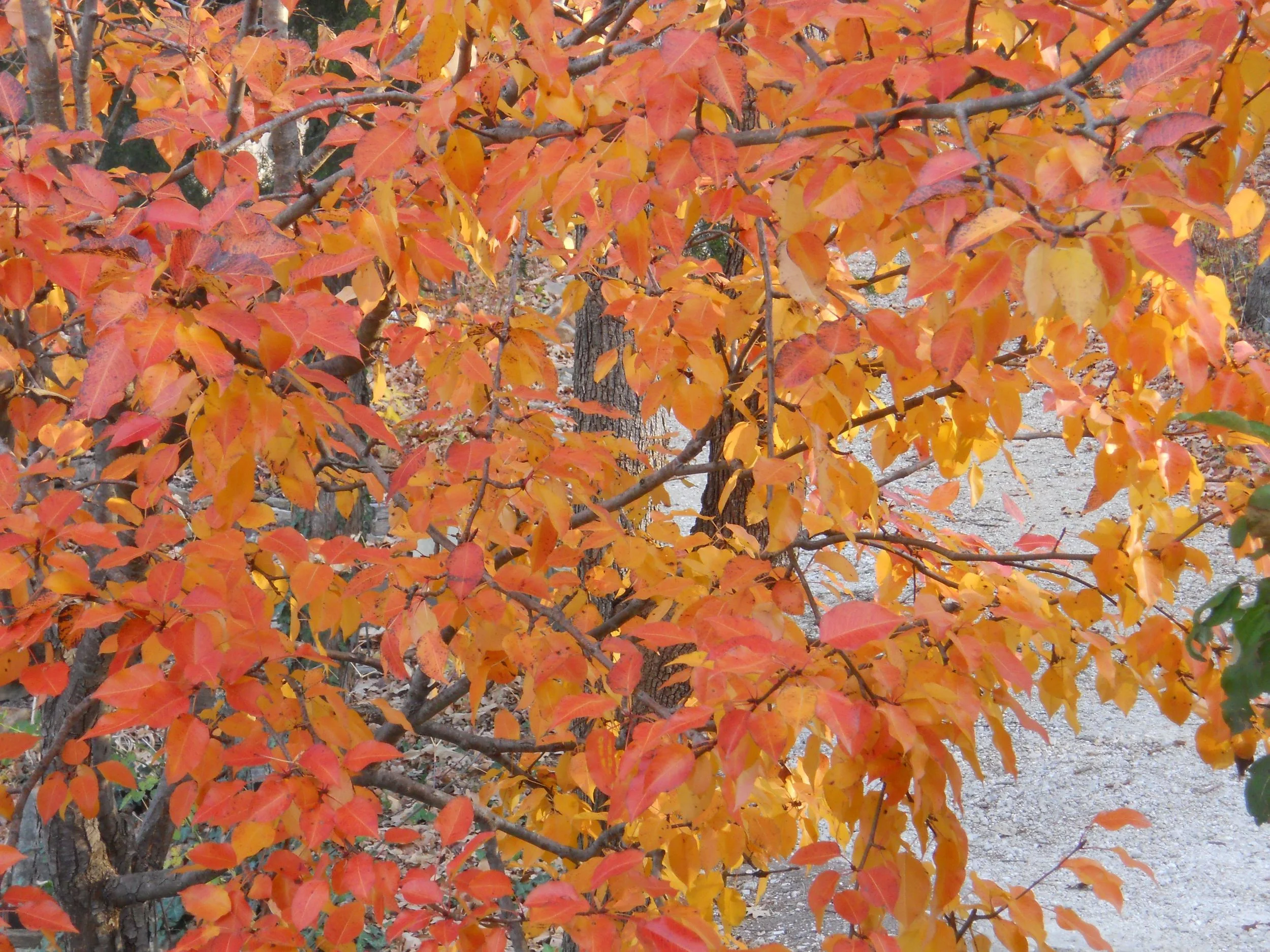Volunteer Cantaloupes
/This volunteer cantaloupe grew itself with a little help from an old wooden arbor.
Volunteer Cantaloupes
I was going to title this how to easily grown cantaloupes but decided I can’t take that credit, either. These cantaloupes grew themselves, my best guess seeds that inadvertently ended up in the compost I added to the garden bed.
For years I had head cantaloupes were hard to grow in Missouri. Anything is hard to grow if one is trying to raise plants where the most one grows is rocks and there is little to no soil. After building and amending garden beds, my challenge was to encourage soil production through composting and mulching.
There were no plans for much to grow in this particular area this year besides buckwheat as a cover crop. When I saw a few rabbits in the garden area, I took that as a sign the garden bed was getting close to being ready for planting. It can take several months to years for the soil composition to be right for plants.
When the first vines started to appear, the leading speculation was these were cucumbers from last year. Since I love cucumbers, I let them grow, adding an old trellis to keep them off the ground.
One morning, my handyman took a look at the vine and said if it was a cucumber, it was a mighty round one. A few weeks later the verdict was this was definitely a cantaloupe!
To make sure the cantaloupe bottom didn’t rot, I placed a small piece of cardboard under it. Good thing because once picked, there was a black spot on the bottom where the cantaloupe was against the cardboard.
Cardboard tucked under the cantaloupe kept it from rotting as it was sitting on the vine.
On the other side, a small crack had developed, about an inch long with a star-like pattern. A quick scoop of the knife and the spot was clean.
The other end had a 1-inch crack starting, which was easy to remove once fruit was picked.
Now to prepare the cantaloupe for easy eating access. I remove the peel, then cut slices into smaller pieces so the cantaloupe can be used as the base for a fruit salad or all by itself.
Cut up cantaloupe stored in refrigerator makes for a delicious treat any time of day.
You bet I save the seeds, only this time I will store them to deliberately plant them next year!
Charlotte















